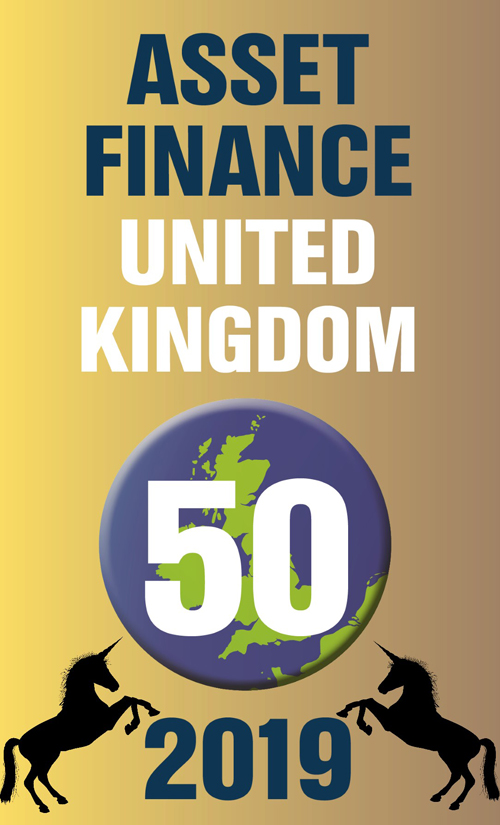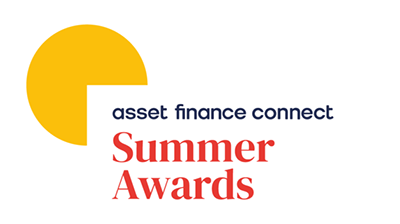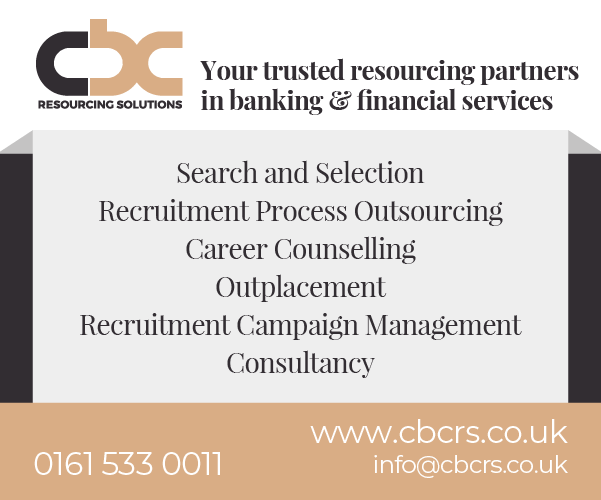Making a substantial impact on the UK business leasing market isn’t easy. A quick review of the Asset Finance 50, the ranking survey of lessors published by Asset Finance International and Asset Finance Policy, shows:
- None of the top 30 companies were established less than 10 years ago (disregarding changes in ownership).
- Looking at companies established in the past 10 years, all sit in positions from 31 to 50 of the rankings. In the last reported financial year, as many lost volume as gained it (in a few cases, reflecting the selling down of portfolios rather than new business levels).
- Some of the fastest growing companies have reported substantial write-offs and provisions in the past three years.
There are a few exceptions - the ‘unicorns' of asset finance. These are companies that are climbing up the Asset Finance 50 without displaying higher than average cost of risk, to date at least. These firms are demonstrating an impressive ability to manage the sometimes conflicting targets of fast growth and low cost of risk.
What is the secret of an asset finance unicorn's success? Naturally, the importance of people - inspirational leaders, talented and experienced professionals, excellence in recruitment and training - cannot be overstated.
But in our view, another key component for success is effective risk management, achieved through the early and progressive formalisation of these firms’ risk mitigation arrangements.
 For smaller lessors, it’s always difficult to find the time to formalise risk management. Risk is typically managed through a core team of highly experienced underwriters and fraud experts. It is closely overseen by the firms’ directors, who are very likely to be seasoned asset finance professionals.
For smaller lessors, it’s always difficult to find the time to formalise risk management. Risk is typically managed through a core team of highly experienced underwriters and fraud experts. It is closely overseen by the firms’ directors, who are very likely to be seasoned asset finance professionals.
Formalisation, through extra record keeping, meetings, policies and procedures, often seems unnecessary and almost the antithesis of what the firm is seeking to achieve in challenging the incumbent players in the market.
That’s fine until things start to go wrong - and they often seem to as firms continue to grow.
More people join the company at a pace, often delivering a boost to sales but putting more pressure on the back office underwriting team.
The firm may expand its vendor business or sign more agreements with brokers it is less familiar with. Sooner or later, top management can no longer keep a close eye on everything, particularly as they begin to meet external investors or explore potential opportunities to sell the business.
This is the phase when a more formalised risk management arrangement is most needed, but it’s also when managers are just too busy to do it.
It is then that a fraud, customer failure or other significant loss inevitably hits.
Management is forced into a fire-fighting response, having to drop introducers or staff, and impose cumbersome restrictions on acceptance of new business.
For companies aspiring to become Asset Finance 50 unicorns, we believe it is important to at least begin a journey towards formalised arrangements for identifying, mitigating and managing risk at an early stage of business growth. This way, the basic structures can already be in place, ready for ramping up as they are needed.
Here are five elements of these arrangements to consider:
- A Risk Register that is regularly reviewed and updated. We suggest keeping this simple with only 10 to 20 key risks, at least at first. Include just enough information to allow the management team to discuss the latest developments. Restrict it to two pages and keep talking about it at executive level.
- Policies and procedures that include specific risk mitigation actions. Avoid the 10-page generic policies that outsiders offer off the shelf. This is about having around half a dozen practical steps your company consistently takes to mitigate each of the key risks on the Risk Register. One-pagers may be just what’s needed, but measure quality by the contents, not the number of words.
- Operational controls to confirm that the risk mitigation actions are working. They probably already exist in your systems, but are they actively monitored by senior management?
- Key Risk Indicator measures (KRIs) to demonstrate the effectiveness of risk management. Could you explain to a potential investor how you can be sure your growth isn’t leading to a higher cost of risk? Monitoring 10 or so KRIs - such as maximum exposure to a single industry sector, or arrears levels - will help ensure you have a good story to tell.
- Management / board monitoring of risk indicators, incidents and near-misses. This one can seem a real drag for a young, fast-growth firm. It’s about making your meetings more formal, with agendas, papers and minutes. Again, start simple, with standard agendas and short sets of minutes. Just having well-designed templates ready to use makes it all so much simpler.
Management teams may be surprised how useful they become, if only because they ensure that important risk mitigation actions don’t get forgotten.
Of course, as things progress, there are other steps to take. These could include:
- Externally conducted reviews to provide assurance that procedures are working effectively and suggest improvement opportunities.
- Carefully drafted agreements with third parties covering their risk responsibilities.
- Procedures for analysing risk incidents and near misses.
We expect the unicorns of the Asset Finance 50 will have implemented arrangements like these at an early stage of their development.
Every company’s situation is different, but perhaps some of those that have grown fast, only to then suffer above-average losses or loss of volume, might not have done so had they been more prepared.
Think of this like starting a pension. It’s best to make small, frequent investments (in this case, mainly of time) while the business is young. It’s a sound investment in the future.

* Tarun Mistry is managing director of TMA - T. Mistry & Associates. He has focused on the alternative lending sector for 30 years. As a Chartered Accountant he worked in the industry as finance director for various lending businesses across the credit spectrum and at various stages of their business cycle, before joining Grant Thornton in 2003 to establish a specialist advisory practice in this sector. In 2018, he established his own advisory practice, TMA, to more directly support the industry. He has established a team of industry experts covering financial, operational, risk and regulatory compliance, which to date have been involved in numerous projects totalling more than £350 million of debt and over £150 million of equity transactions. TMA’s clients include lenders, intermediaries, banks and other debt providers and equity Investors. He is a founding director of the Leasing Foundation and is currently a patron of the Asset Finance Professionals Association. He is also a Freeman of the City of London through the Worshipful Company of Chartered Accountants in England & Wales.

* Julian Rose is director of industry consultancy at Asset Finance Policy and an associate at TMA. He produces the annual Asset Finance 50 (AF50), published in association with Asset Finance International, and his written work includes Apex Insight reports on Used Car Finance, Retail Point of Sale Finance, and other sectors. He is joint author with Stephen Bassett of the A to Z of Leasing and Asset Finance.







